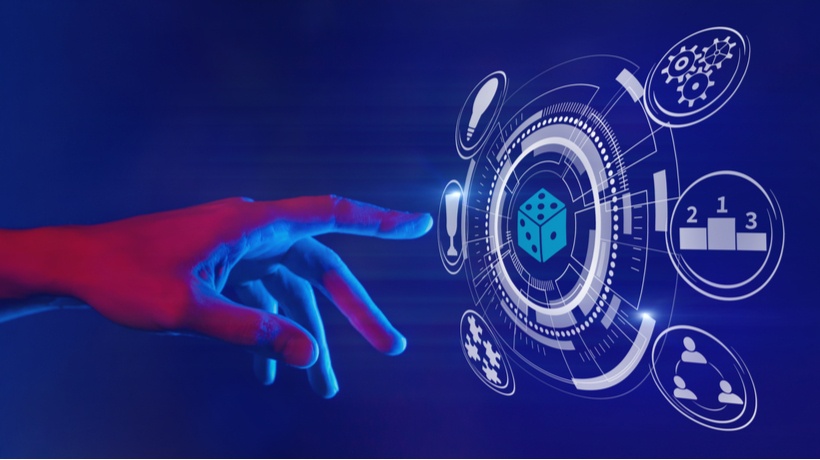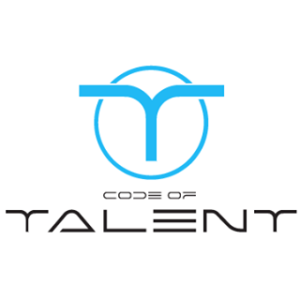How Do You Create Engaging Microlearning Employee Gamification Experiences?
Combining the power of gamification and microlearning creates a dream team. In an ideal scenario, just learning might be enough motivation for users. But more often not, further encouragement might be needed. That is where game-based earning comes in. The game mechanics connect players with learning on an emotional level and reward them for every accomplishment. Some key characteristics of game-based microlearning are:

Essential Traits Of Successful Gamified Microlearning Activities
User Engagement And Completion
It is considered to be one of the best ways to improve user completion and engagement. This is because the learning modules and challenges are available in smaller portions rather than all at once, ensuring the user is not overwhelmed due to information overload.
Also, from our experience, training programs that ensure an equilibrium between feedback from real people (trainers, managers, etc.) and an automated feedback system are the most successful in terms of engagement and competition.
Improved Recall And Retention
The fact that the learning is in small bits pieces so that the user isn’t overwhelmed isn’t the only reason retention rate is higher with game-based microlearning. Each bit of information provided at every stage of the learning process is connected to each other enforcing recall by the user while being easy on the mind.
The storyline, human interaction, and consistent trainer feedback also enable the player to remember the content learned during the learning process. The perk of working with Code of Talent is that we put an accent on trainer feedback as well as automated feedback.
Performance Behaviors
Game-based microlearning is entirely based on performance and how well you do. Learning is available to the user whenever they require it and at any device of their preference. This mobility that Code of Talent offers allows participants to be responsible for their own learning processes and milestones.
Relevant Scenarios
Each learner is interested in the final outcome of the training and how the time invested would help them with their job performance. The look and feel of the gamified course are integral but the most important thing is the learning outcome for the employees. Game-based microlearning provides instructions in context to the jobs and required learning of the users. The gamification process involves storytelling as that creates an emotional experience and the human mind is able to remember an emotional scenario better and is able to relate to the training and its challenges.
One Learning Objective Per Module
Microlearning has a single objective approach that makes learning easier, especially for millennial and Gen Z employees with short attention spans. This helps them retain knowledge and apply it on the job.
With microlearning, each gamified module only includes the essentials in a given topic and not every minute detail. This helps training focus on what’s truly important, setting clear goals and objectives with precise direction.
Gamified Assessments
Humans are forgetful creatures and learners forget at least half of what they learn during training. However, gamified assessments prevent this and help beat this forgetting curve by ensuring they remember what they learn during training through an engaging and interactive gamified learning system.
These game-based assessments bridge the knowledge gap by providing small chunks of information and assessments that are mobile and can be completed at a personal pace. This attracts modern workers who are not the biggest fan of long assessments. But the healthy competition between peers encourages them to learn more and learn faster but also retain the information.
Organized Fun
While creating gamified programs for employees there are certain “Dos and Don’ts” you need to take into consideration for an effective learning resource:
What To Do
- For quick learning use videos wherever you can. Today’s learners prefer videos with graphics and animation rather than reading long text they don’t possess the attention span for.
- Reward participants with points for every video and every correct answer.
- Unlock the next level only when the learner achieves a minimum score.
- Provide badges or some type of recognition for high achievers. Display their names on leaderboards, visible to all, so their peer can see and compete.
- Provide additional training and immediate advice on how to improve for those who don’t perform at their peak.
- Design gamified courses that are mobile-friendly, easily accessible in the flow of work.
- Ensure your game-based courses are “auto-saved” in case of a sudden exit because of a call.
- While using sounds and media, make sure to them at the right time, as this is an integral part of the gamification experience.
- Always provide meaningful feedback immediately that employees can implement in their work lives.
What Not To Do
- When using storytelling and scenarios, do not use situations with obvious decisions or stories that the employees would not resonate with. The user would be drawn into the learning process when the stories are from their jobs and work environment and their situation reflects in the scenario too.
- Do not use small fonts that force the user to zoom in when learning on the phone.
- Do not use bright images, large blocks of texts, or graphs that need to be scrolled.
- Do not use media files that are only available on some devices, and not others.
- Do not confuse the learner by having a wide range of learning objectives. Keep it simple.
- Don’t manipulate the game - let the user choose their own path to reach their learning objective.
Conclusion
Microlearning is quick to consume, but it’s not always quick to develop. Fortunately, this eBook has best practices and tips to choose the best platform in record time. Download the eBook Your Microlearning Journey Roadmap: How To Launch A Microlearning Game-Based Strategy That Gets Rapid Results for more insider secrets.


